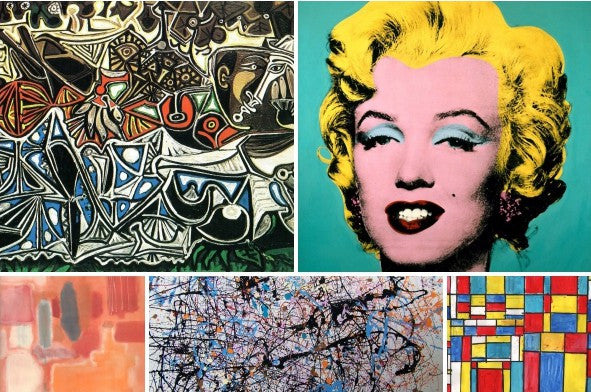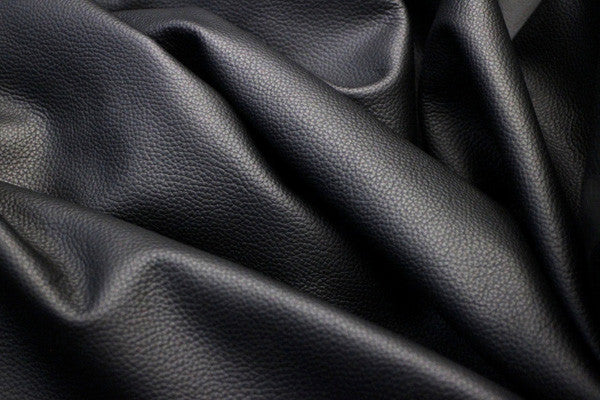
How To Start An Art Collection
Collecting art can be a truly fulfilling experience for a number of reasons. Art inspires us, challenges us and encourages us to view the world through a different lens. It enriches our lives and, if you’re a particularly savvy collector, it can enrich our bank accounts too. Before you purchase a single piece, though, make sure you understand how to start an art collection by reading our helpful guide.
DECIDE ON YOUR GOAL
For many people, art collecting is simply that. They love art, so collecting it seems like the natural thing to do. If this is you, much of what follows will still be very relevant.
On the other hand, some people get into art collecting as a form of investing. Their plan is to buy pieces of art that they’ll eventually sell off one day at a higher price. For many people all over the world, this is their main source of income. It can be a highly profitable trade. Although it’s not necessary to decide which category you fit into from the outset, it can be helpful when making future purchase decisions.
BEGIN EXPLORING VARIOUS GENRES
There are far too many genres of art to list them all here, but, suffice to say, you should take some time to research the main ones that interest you before you begin collecting. Even if you’re just doing it for the sheer joy of owning art, this kind of research will help you better understand your options.
Here are some popular examples:
- Abstract Art: This is art that cannot be judged through the lens of figurative reality.
- Abstract Expressionism: This is art that is made purely for the sake of arousing emotion. It, too, may often diverge from abject reality.
- Color Field Painting: These paintings are made up of large, solid colors. As opposed to expressionism, this type of art is supposed to be viewed as a single cohesive image.
- Pop Art: This is the type of imagery made popular by Andy Warhol that serves as a sort of response to abstract expressionism. It gives viewers something very real in the form of pop culture.
- Minimalism: With minimalism, simplicity reigns supreme. The painter only portrays what they believe to be absolutely necessary for the sake of the work.
- Impressionism: Originating in Paris, France, impressionism art places an emphasis on light and thin brushstrokes. Claude Monet was one of the original impressionists and was initially seen as a bit of an artistic heretic for breaking the conventional rules of painting.
Again, there are all kinds of art you could collect. Even within the above genres, you’ll find subgenres, too. Take your time deciding which you’ll like as it will affect the ensuing steps.
UNDERSTAND THE EXPERTS AND SELLERS IN YOUR WORLD
Once you understand the type of art you wish to collect, you should begin reviewing who is currently considered to be the experts within this world.
If you’re buying art that was painted by someone who is no longer alive, these experts are the ones responsible for ensuring you’re not getting ripped off. As you may have heard, forgeries are a very real problem in the art world. You’d hate to pay a small fortune for something that isn’t the real deal, even if you have no intention of ever reselling it.
If you’re interested in collecting pieces from modern artists, these experts will help you understand which ones are going to be the most valuable. Those who don’t view art as investments probably won’t care, but this is vital for the rest. Experts can be like stockbrokers who look after your share portfolio and help to strengthen it.
Finally, you want to know which sellers can be trusted. You may not have any in your city, which means you’ll need to order the work you want from someone you may never have even met. With adequate research, you can rest assured which sellers are the ones worth working with.
Collecting can be both an enjoyable hobby and a profitable form of investing. Whichever it is to you, just be sure you understand the above before getting started.



